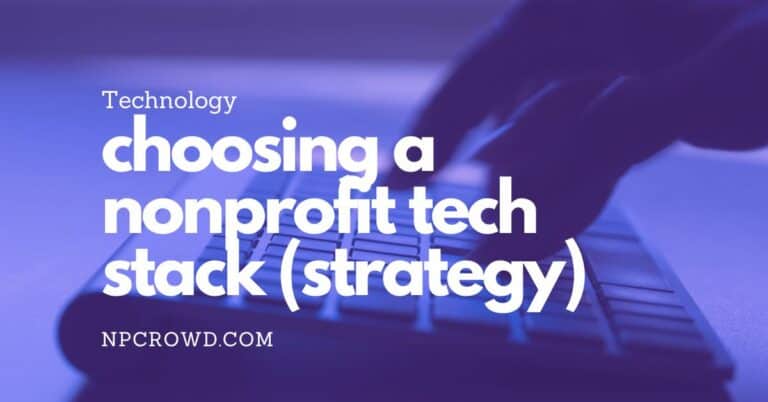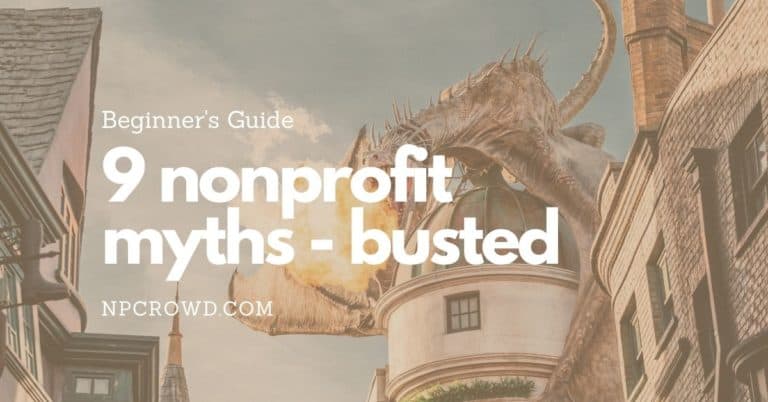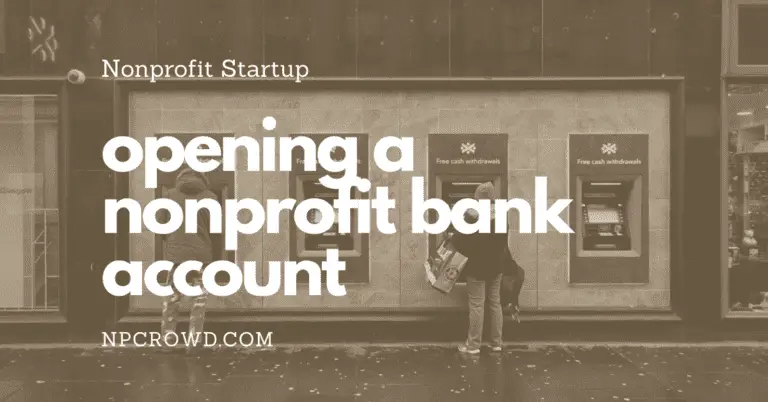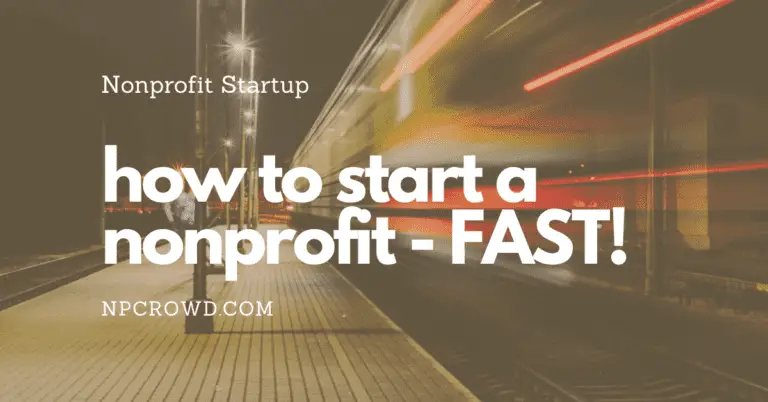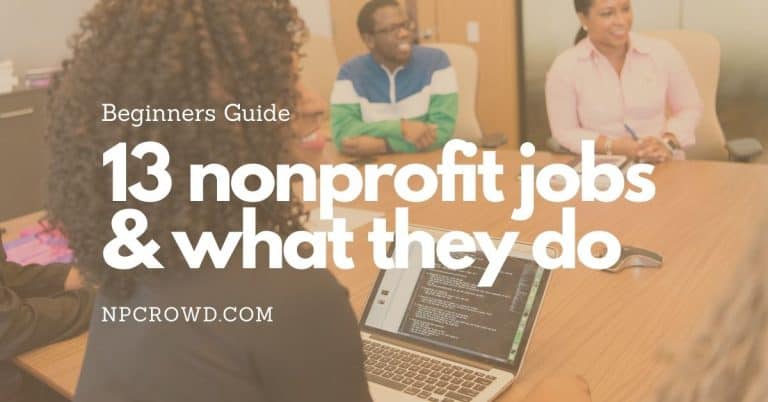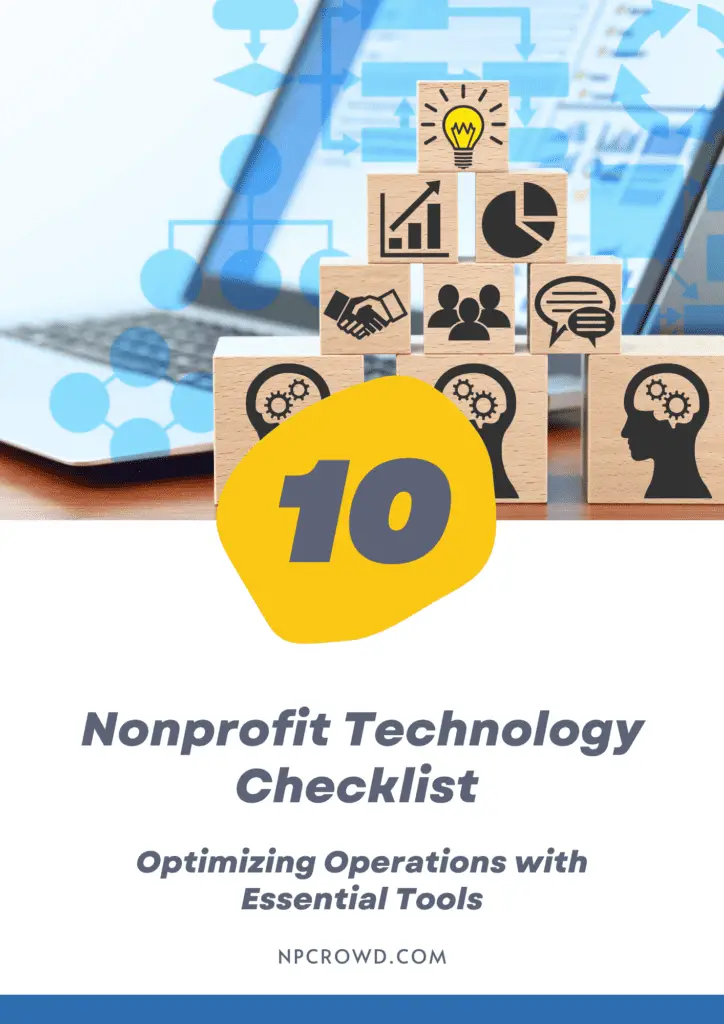Quickly Create A Nonprofit Business Plan: Just The Basics
Disclaimer: This post may contain affiliate links. These links, if used and purchases made, we may earn a small commission. These affiliate programs do not impact the recommendations we make or the resources we refer you to. Our focus is on providing you the best resources for your nonprofit journey.
Starting a nonprofit is exciting. But a business plan could be the thing that makes you cringe. Don’t let it.A nonprofit business plan should include 7 areas; an executive summary, program(s) description, market analysis, marketing plan, operational plan, organizational structure, and a financial/fundraising plan. While not all sections need to be multiple pages of detail, ensuring you cover these seven areas at a minimal level will help speed up the nonprofit startup process and help ensure early wins.
Let’s walk through each section of the nonprofit business plan in only the level of detail necessary to achieve the maximum results without spending weeks of time on it.
Wait! Why Do I need A Business Plan For A Nonprofit?
Hold up! A business plan? I thought this was a nonprofit, right?!?!
Well, nonprofit doesn’t mean you don’t need to worry about cash flow, revenue, budgets, expenses, programs and services, market analysis, legal mumbo jumbo, and other typical business needs.
You will certainly be dealing with all of these areas and more as the Executive Director of a nonprofit.
You need a plan, if not for yourself, then for your Board and your donors. It speaks into the beginning of your brand.
Having a business plan will also make it easy to cut and paste when it is time to file the forms with the state to create the nonprofit corporation required in just a few days.
It is a common mistake for founders to simply jump into creating the legal entity of a nonprofit without creating the business plan. Don’t make that mistake.
Let’s look at how to take an MVP (Minimum Viable Product) approach to your plan.
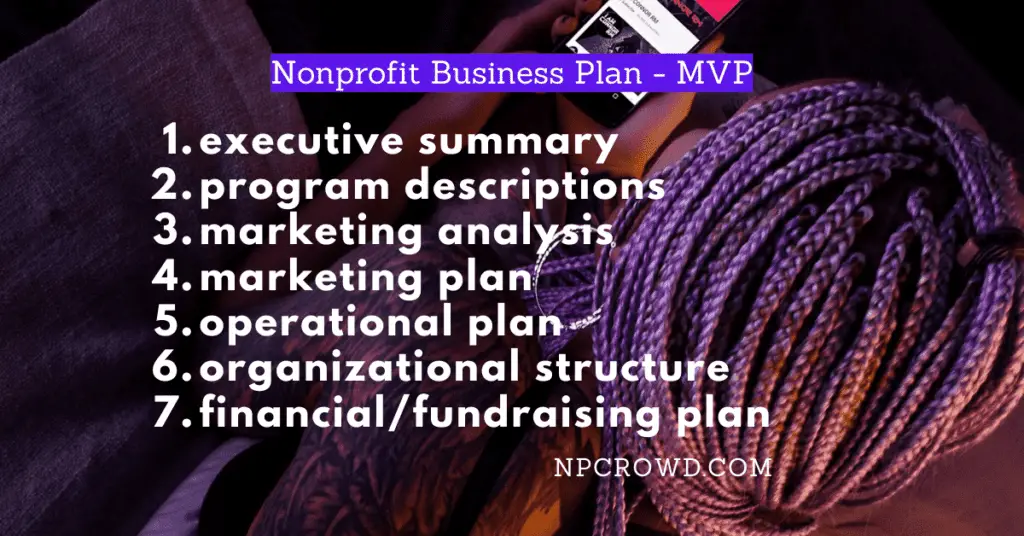
How long will creating a nonprofit business plan take?
The amount of time it will take to develop your business plan will depend on how much prep work you’ve already done.
In our fast-track timeline, we give this 3 days to finalize one if you want to try and hit the 91-day time frame to start your nonprofit. But, you may need to take longer. You could spend weeks on it. That’s ok. Take it at your own pace.
What goes into a nonprofit business plan?
As a rule, there are 7 must-haves in a nonprofit business plan: an executive summary, program descriptions, market analysis, marketing plan, operational plan, organizational structure, and a financial plan.
Let’s walk through a brief summary of each element
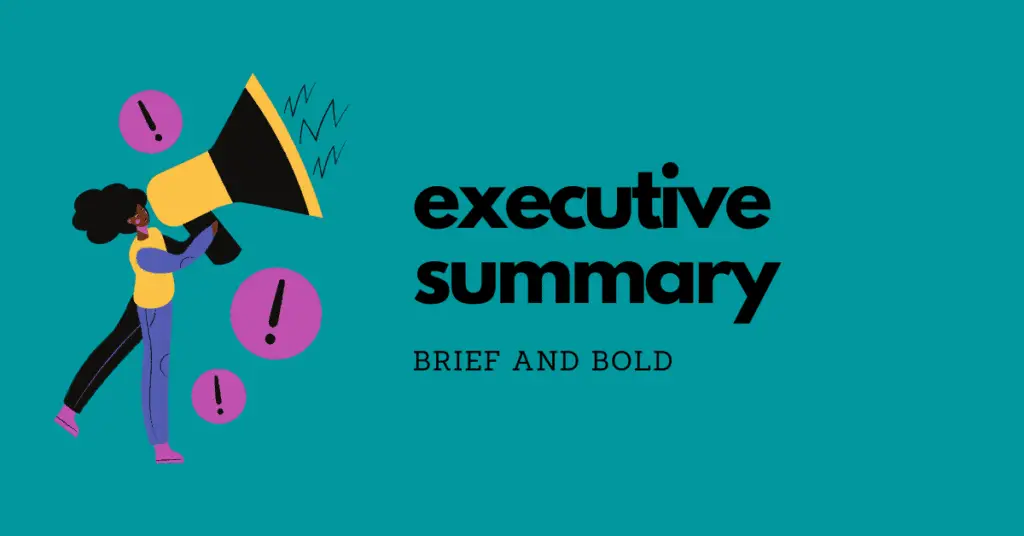
1. Executive Summary
The executive summary is a 300-800 word summary of your plan. It typically includes the need for your nonprofit to exist, the opportunity that exists,
The summary then goes on to state your mission, keys to success, and your goals and objectives. The mission section can really just be your mission statement.
It is often helpful to break up your executive summary into a few pieces.
- The Solution
- The Brief
- The Why Us
The Solution
In the Solution section of the executive summary, use 50-75 words to describe at the highest level what your nonprofit is positioned to do.
Here’s a formula you can use as a reference:
“[NAME OF NONPROFIT] is a nonprofit organization providing [WHAT YOU DO] for [WHO YOU DO IT FOR] in the {WHERE YOU DO IT] area. [NAME OF NONPROFIT]’s goal is to [VISION CASTING GOAL].”
The Brief
The Brief is the narrative summary of the plan for your nonprofit. This is the place to describe what you will be doing for your charitable purposes.
The formula we like when creating your executive summary is to describe short answers to four questions:
- What specifically will your nonprofit be providing?
- Why is what you do needed? (One or two stats can help make the case)
- Who you will target? Include where you will do it if applicable.
- How you will deliver on the promises of what you will do?
The Why Us
Finally, the Why Us section of the executive summary is an opportunity to briefly discuss the differentiators of your nonprofit and how you are uniquely positioned to succeed in achieving the “solution” stated above.
In 500 words or less, summarize the value your nonprofit brings and how will do it well. Include an impact statement here if possible.
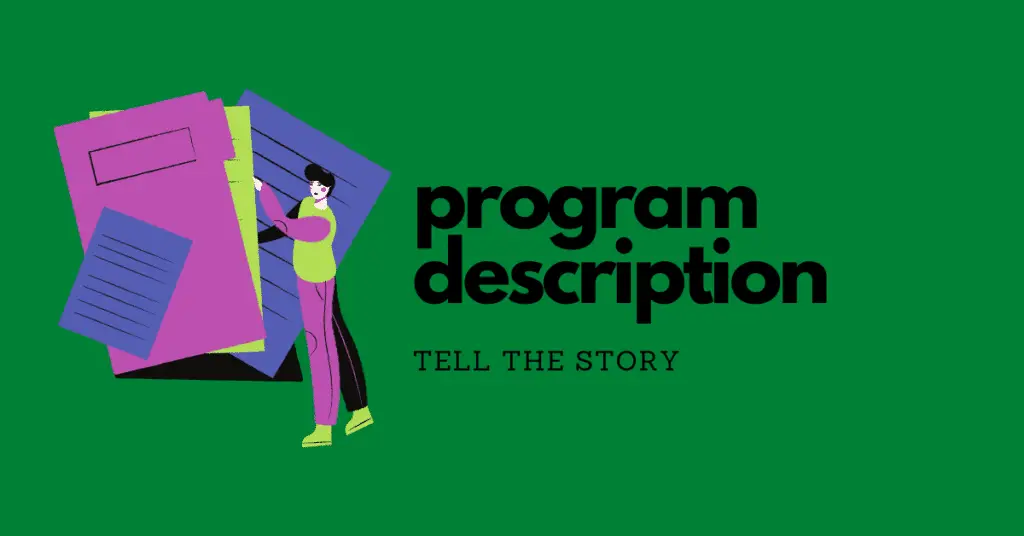
2. Program Description
Your program description is exactly as it sounds, a description of the products and/or services your nonprofit will initially offer.
Just list the products and services along with a short description of each one.
This will probably be the easiest part for you to write because it’s something you’ve already thought long and hard about. It’s the passionate fire that drives you to start your nonprofit.
Depending on the number of products or services this may take up 3/4 – 1 page of your plan.

3. Market Analysis
For data geeks like myself, this is the fun section.
The market analysis starts with a summary of the size of your target market, followed by a market segmentation section.
Market segmentation will describe the segment of a larger audience that you plan to target. These are your constituents, your clients, those who will benefit from your services.
This is where the demographic, socioeconomic, psychographic make-up of your market will get described.
Then you will discuss the competition. Talk about who else serves the market today and the differentiators of your services.
The market analysis is where you describe the market you are going after and how your products/services match that market. Some call this the “product/market fit”.
Marketing Analysis Deeper Dive (Optional)
Typically your market analysis will start with a narrative story about a person in your market. You describe their station in life, needs and struggles. Then, how your nonprofit comes alongside them or solves a problem they have.
Transformation is achieved.
You have now used a story to illustrate an abstract problem and the solution you bring to the table.
Data will be a help here. Find stats that match the market and needs story. You’ll be familiar with these as “1 in 8 American families struggle with…” or “Only 27% of school-age children…”
Think about market segmentation, dividing a target population by different characteristics. Some examples are household income (economic segmentation), marital status, age classifications and many more.
Your market analysis will describe potential customers and clients. Notice I said potential customers, not current customers. Thinking about all the potential clients is key to casting your vision. This is called (TAM – Total Addressable Market)
Then identify the reachable market within the total of all potential clients. Out of all the potential clients, only a subset will you be able to reach. What does that look like?
The reachable market is called the SAM – Serviceable Addressable Market.
Finally, there is the SOM – Share Of Market. This is really a formula. It is the SOM = Sales / SAM.
To help understand SOM, otherwise known as market share, think about ice cream cones.
The TAM is all individuals and businesses that serve or eat ice cream cones. The SAM is perhaps all businesses in a 100-mile radius of your home base that serve ice cream. The SOM is the sales of ice cream cones to the businesses in the SAM that choose to buy your ice cream cones instead of your competitors
If your TAM is 500,000
And your SAM is 10,000
And you sell to 1,000 businesses
Your SOM is 10% or 10% of the market is your share of the market.
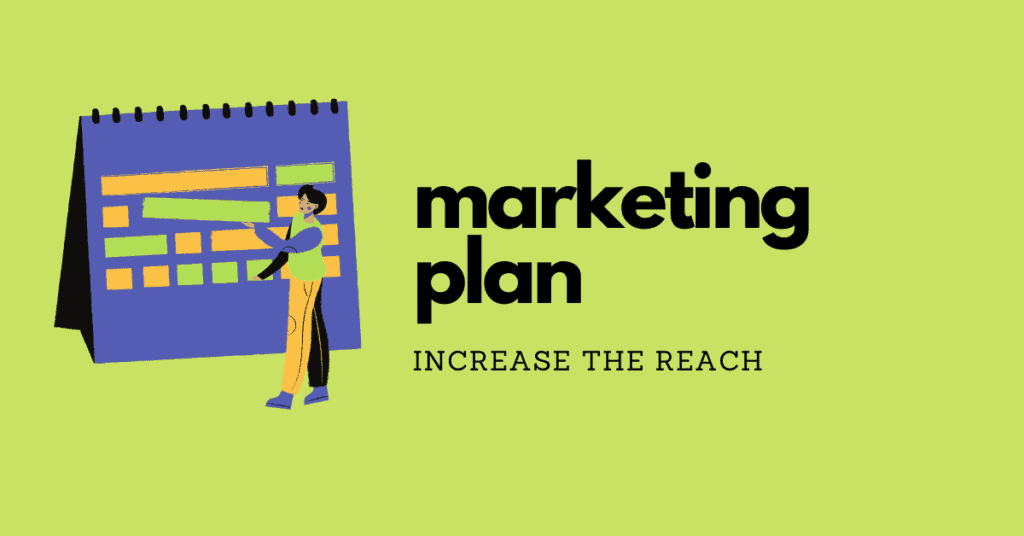
4. Marketing Plan (Optional)
Your marketing plan is just that, a plan for marketing the services or products of your nonprofit to your target audience.
Describe how you will raise the visibility of the programs. Will you be getting referrals? Will adult volunteers who are mentoring be advocates in the community? What role will the board of directors play?
Things to include:
- Timeline
- Brand launch
- Special events
- Specific Campaigns
- Marketing ROI projections

5. Operational Plan
The operational plan is the nuts and bolts of how your organization will run and deliver your products or services. How will the nonprofit achieve the goals you’ve promised?
Sometimes the operational plan includes the organizational structure.
Many times, your operational plan will identify key metrics to be measured and milestones to be accomplished by key dates.
Don’t underestimate the power of a good table or matrix. They can tell a powerful story in numbers and dates that would take hundreds of words.
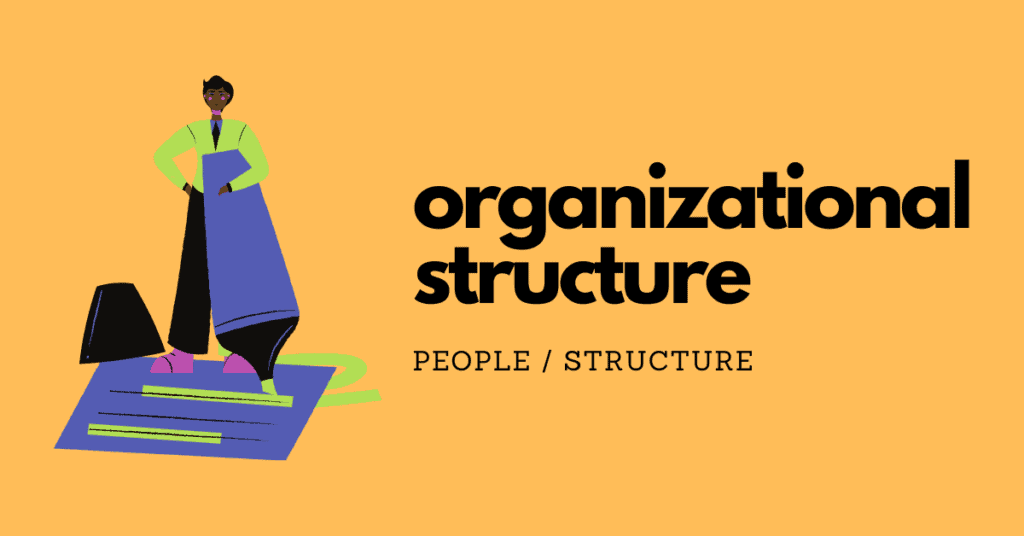
6. Organizational Structure
This is where you will describe three things:
- Ownership – Nobody owns a nonprofit. It is a corporation. As a nonprofit just state you are a tax-exempt not-for-profit organization and your charitable purpose.
- Organizational Structure – What is the structure and where do the initial roles fit into that structure.
- Team – What roles make up your key management team for the first 1-3 years. A job title is all that is needed.
- Salaries – It is a great idea to create a table with each role listed and a column for each of the first 3 years to show the starting and incrementally growing salaries for each position. This is a guide to make sure you’ve included these costs in your financial projections.
An optional component is to describe the size and makeup of your board.
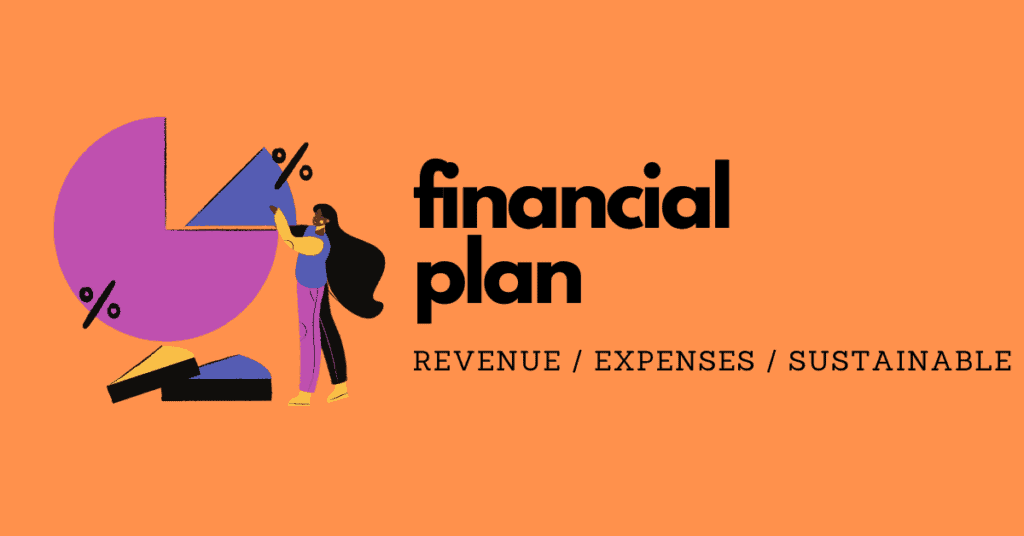
7. Financial/Fundraising Plan
A Financial Plan for a nonprofit startup consists of two things, a fundraising strategy, and a funding forecast. This section of your business plan may be the most time-consuming.
If you prefer to use a tool to help walk through this process, then look at a tool like LivePlan to help you. You can use our affiliate link here if you’re interested.
Fundraising Strategy
Your fundraising strategy presents your initial approach to raising funds and covering expenses. Typically, this may be 200-300 words.
Explain upcoming fundraising events, specific campaigns you plan to launch, corporate sponsorships, or key relational connections that will provide seed funding.
Funding Forecast
This is the most important part of the financial plan. It may also be one of the more energizing or deflating parts of creating your business plan depending on if you like finance topics, or not.
Your funding forecast will include a narrative of key assumptions, a chart of revenues, a chart of expenses, a projected balance sheet, and a projected cash flow statement for the first 12-24 months.
This is where you might want to use your “phone a friend” option if you need it.
The key assumptions can be as simple as a bulleted list of the assumptions you are making when projecting both income and expenses.
Some examples of key assumptions are:
- “We assume broad community support for mentoring.”
- “We assume no unforeseen changes in federal grant funding for energy conservation programs.”
- “We assume a slow-growth economy, without major recession.”
- “We assume City Independent School District’s funding will remain consistent which will allow for continued funding of our XYZ program”
- “We assume a minimum return of 3% on our endowment annually.”
When it comes to the revenue and expense projections, 12 months is the minimum but you could project out to 3-years into the future.
I know, this is uncomfortable to work on for many people. But, you really do need to have an idea of how much money it is going to cost to run your nonprofit for the first few years.
This will help you know what your fundraising plan needs to look like. Give it a reality check.
Finally, you will want to include a projected balance sheet and projected Profit & Loss (P&L) for the first 1-3 years.
We won’t go into a ton of detail here but will leave some links at the end of the article.
Quickly, your P&L is a spreadsheet that describes, for each year, your Revenue, Expenses, and Net Profit/Loss.
Your Balance Sheet shows the value of specific asset types, any liabilities, and therefore your Net Assets
The bottom line is that you need to have projected what it will cost to operate the nonprofit, how much you reasonably plan to fundraise versus other income streams, and how does it build financial sustainability to continue the good work of your nonprofit.
Nonprofit Business Plan Samples
One of the best secrets to creating an MVP business plan is to get inspiration from what others have done, rather than starting with a blank slate.
Thanks to a link on a WildApricot blog post, we learned about Bplans and their nonprofit business plan samples. You will need to pay for LivePlan if you want to use their tool to build your plan, but you don’t have to. Simply use the samples as inspiration for writing your own.
Here are a few samples to review:

